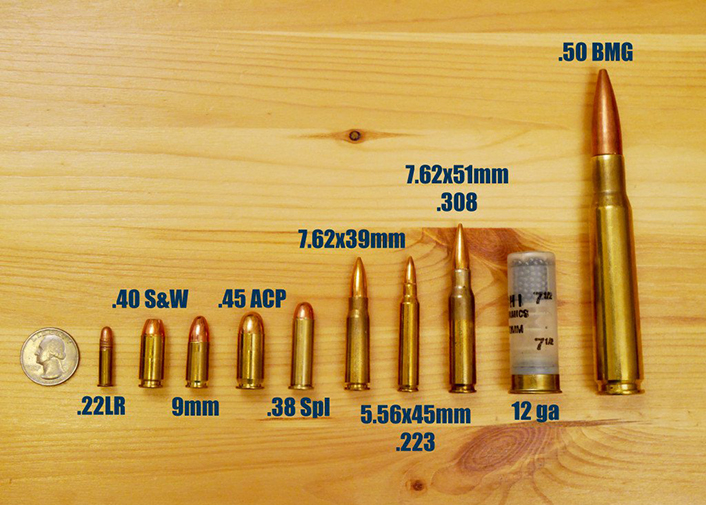The Ultimate Guide To Ammunition Pro Llc
Table of ContentsThe 9-Second Trick For Ammunition Pro LlcSome Known Factual Statements About Ammunition Pro Llc What Does Ammunition Pro Llc Do?Some Ideas on Ammunition Pro Llc You Need To KnowAmmunition Pro Llc Fundamentals Explained
The standard parts of ammunition are the very same for rifle, handgun, and shotgun ammo. Today we're looking at the what the basic components of ammo are and how they work together to discharge a round.The bullet is seated in the open end of the instance. When you fire a bullet out of a semi-auto weapon, the gun's extractor lifts the case from the firing chamber and it flies out of the gun.
A gun's firing pin strikes a cartridge's primer. The primer is a steel cup that holds an explosive chemical compound. When the shooting pin strikes the primer cap, it crushes the priming compound against the anvil. This produces a small surge in case that sparks the propellant. The primer lies in the rim of the instance of a rimfire cartridge.
7 Easy Facts About Ammunition Pro Llc Described
Gunpowder next to the instance that usually has it. It is usually a combination of saltpeter, charcoal, and sulfur.

We call the projectiles for shotshells, which we fire via shotguns, slugs and shot. Currently that you have a basic understanding of the standard components of ammunition, you can really feel a little extra positive in how your gun and ammo function!.
Ammunition Pro Llc - An Overview
Stay up to date with Special Offers, Advancement Notice of Sales, and Shop Occasions
Fun fact: Grains are used to describe the mass of a bullet since right back in the very early days of weapons, it was a dispenser's system of measurement, and a common denominator was needed to identify just how much lead to make use of to make actors lead bullets (Gun Ammo). 'Grains' as a system of action for weight goes all the means back to old times, and stands for the weight of a grain of wheat

(http://qooh.me/ammunitiondde)For referral, the weight of a paper clip has to do with 16 gr. So, we understand that grains are a measure of mass, and more = heavier, and heavy is excellent, best? Yes, heavy is great, yet mass of the projectile isn't the only thing you need to consider when picking a round for your firearm.
Ammunition Pro Llc Fundamentals Explained
This spin is created by grooves reduced or inculcated the interior of the barrel, which are referred to as 'gunning'. Fun truth, this is the beginning of the term "Rifle" ex-spouse. A gunned musket vs. smoothbore musket. The impact this spin has on projectiles is a stabilizing one the bullet rotating keeps the nose pointed directly, in the very same method that a perfectly spiraled football throw is mosting likely to be much a lot more stable and exact in trip than an unsightly duck, end over end toss.
How does this connect to grain weight? Picture you're on one of those playground carousels, the ones with bars you hang on to while it rotates. Or a carnival adventure where you're strapped to a board, dealing with inwards, which revolves truly fast. When it's spinning gradually, you don't really feel much, and it's simple to hang on.
The same effect happens with bullets. The much heavier the projectile, the even more result a much faster rotate will have on it.
Some Known Facts About Ammunition Pro Llc.
There's another variable that we have to take into consideration when selecting a grain weight for our ammunition. As hinted at above, bullet velocity, or the rate of the projectile, is a significant variable when establishing the most effective grain weight projectile to use. Rate is impacted by a couple of major aspects, including the type and amount of propellant (gunpowder), barrel length, and bullet weight.

One of the most typical grain weight rounds for 9x19mm cartridges are 115gr and 124gr. These are generally lead core, completely jacketed (FMJ) rounds. Both of these grain weight cartridges will carry out well in manufacturing facility 9mm handguns, to typical gun distances (up to 50 backyards). 115 grain rounds are the most typical (and for that reason least costly).